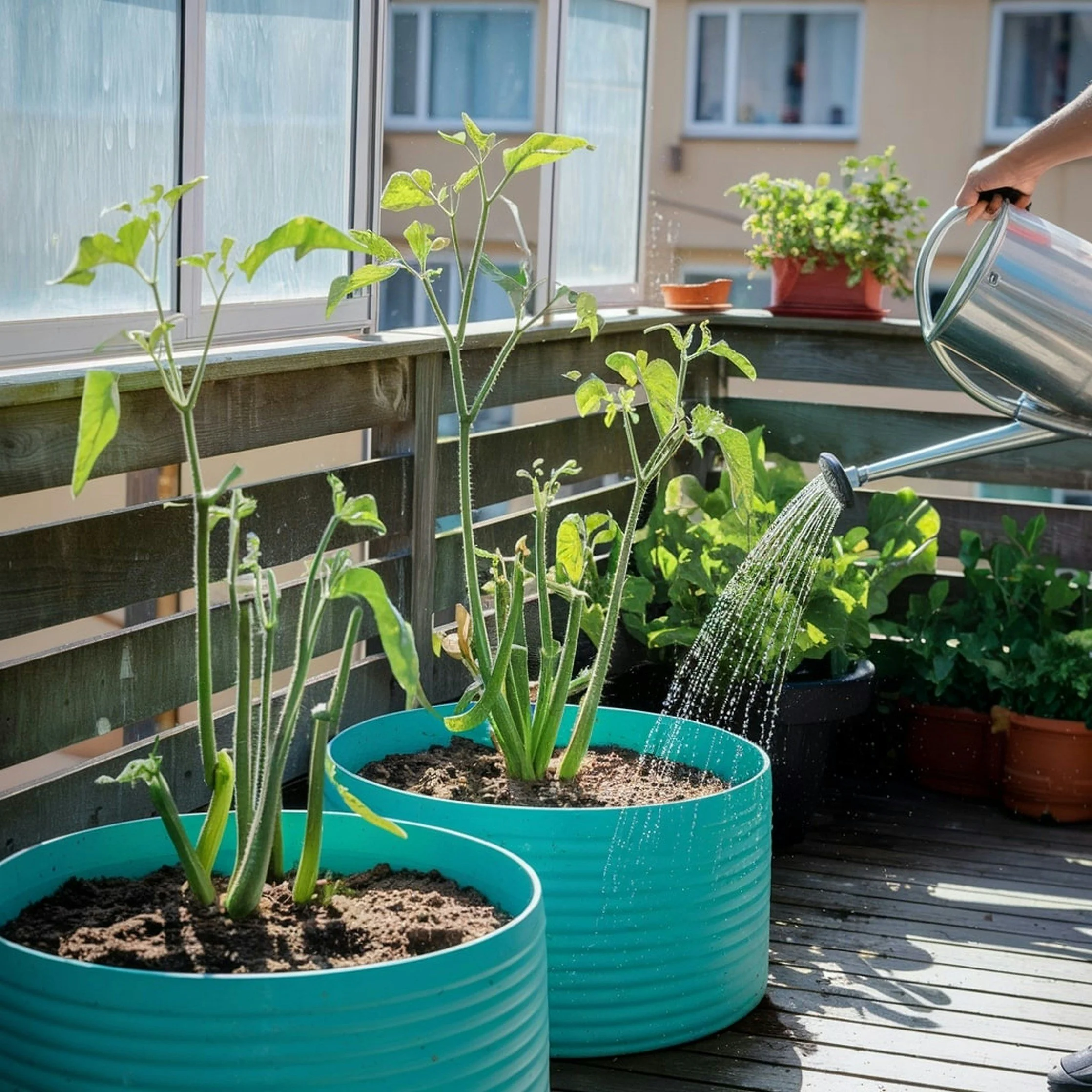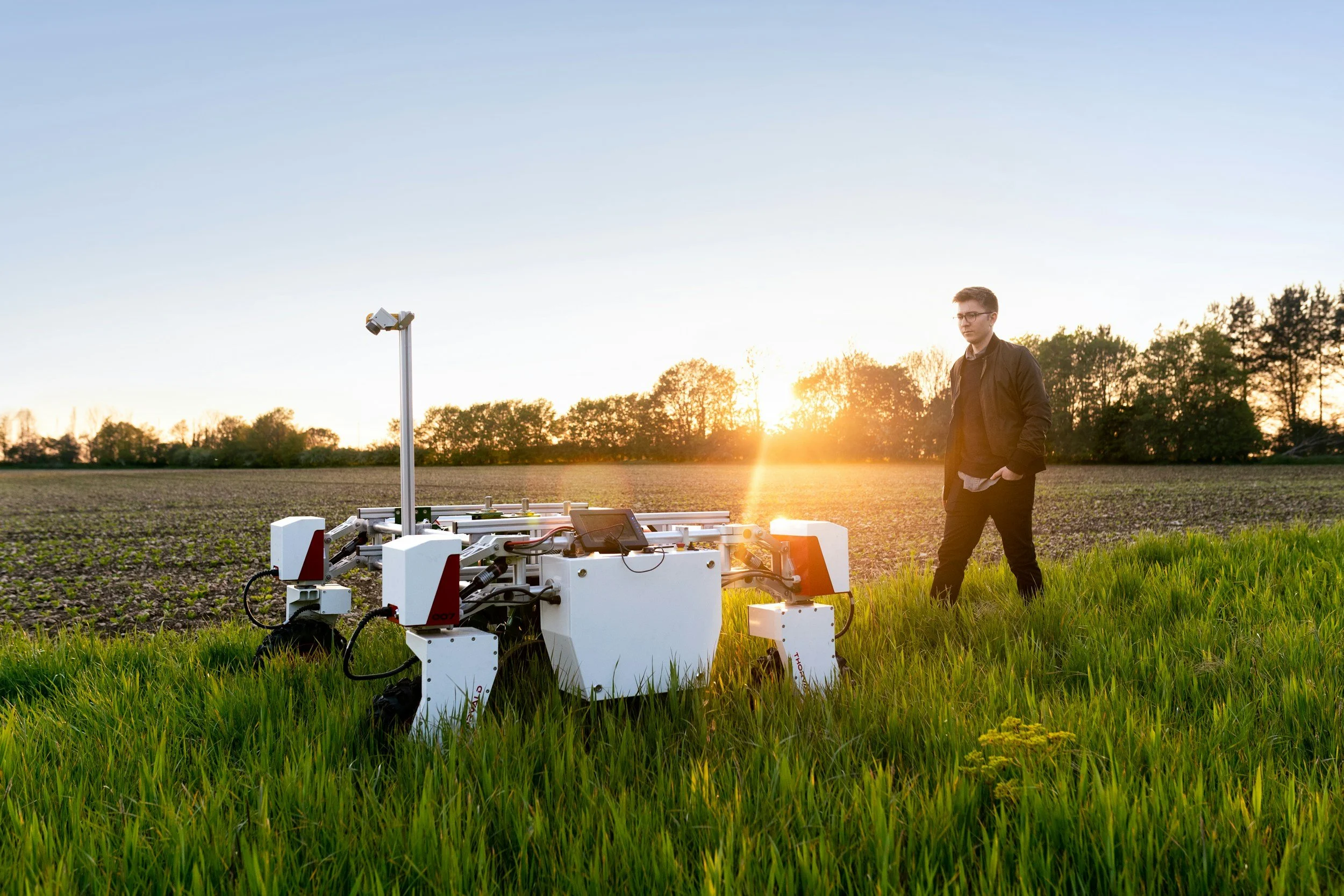The (grim? hopeful?) future of small-scale farming in 2015
/In an earlier post (see http://ow.ly/KpD60), I blogged about the importance of supporting your local farmers, most of whom are small-scale. One of the benefits of eating locally grown produce I found while researching information for that post was that locally farmed products are much less likely to be contaminated with toxins than products that have to be shipped to your local grocery or food warehouse from hundreds or even thousands of miles away. At the time I felt that we might be on the verge of a “local food” revolution in the United States, with the First Lady’s “Let’s Move” program, and the White House organic garden shining a spotlight on the importance of healthy living, local sustainable gardening, and eating well on a budget. It all seemed to be a good way to also promote the good work that small-scale farmers do in their local communities.
This year’s news for small farmers is a sobering reminder that there is still a long way to go to achieving a real, sustainable “movement” that could also help small-scale farmers. According to a report released last month by the US Department of Agriculture, farmers’ incomes are projected to drop by as much as 34% in 2015 as compared to the 2014 forecast. In this grim scenario, the Northern Crescent region of the U.S. is expected to be hardest hit. Some of the reasons for this decline are lower crop yields, lower crop prices and higher costs of doing business.
Despite the ongoing challenges small-scale farmers face, there are some encouraging reasons to pay attention to small-scale farming in 2015, and to understand its importance for the (local and global) economy, the environment, and for reducing your exposure to toxins in the food you and your children consume, whether or not you patronize your local farms.
First, the 2014 Farm Bill offers new opportunities for local farmers to tackle some of those challenges. It includes increased investments in small-scale, locally grown fruits, vegetables, and organics, and more initiatives to promote healthy, locally grown foods in “food deserts” and for SNAP recipients. While some of those investments (like the $6.5 million in grant money for research) apply to non-profits or institutions, other investments are more tailored to individual small-scale farmers (or those who want to become small-scale farmers). Click here for a list of current grant opportunities for farmers from the USDA.
Second, there is now much more awareness of, and interest in, patronizing local food sources. This interest doesn’t only include individuals, but also schools, restaurants, and institutions. And it isn’t just a feel-good pat on the back for small-scale farming. It represents a potentially much larger market for small farmers than they are currently able to access.
Third, small farmers are beginning to address some of the problems they have faced in maintaining their farms and eking out a living from their work. One promising development is in the concept of collaborative marketing (as opposed to “cooperative marketing”, a dirty word in some farmer circles following the failure of some marketing cooperatives like Tri-Valley Growers and the Rice Growers Association of California). Cornell University has developed a guide to help farmers who are looking to work collaboratively with others to access new markets. You can view the guide by clicking here.
Fourth, international experts have begun drawing more attention to the importance of small-scale farming in local economies around the world. According to the United Nations Special Rapporteur Hilal Elver, small-scale farming is key to solving the world’s food crisis, since large, industrial-scale farming has been unable to feed the world’s hungry. This inability is linked to multiple overlapping causes, including worsening environmental and ecological problems, the decreased availability of resources, and a growing recognition that current food policies have not addressed the root causes of global food insecurity. The global food crisis of 2007-08 was a wake-up call to policy makers that local rural farmers will have to be empowered in order to prevent another major global food crisis. What makes this especially difficult is that it is not a simple equation of increasing agricultural yield. Rather, empowering local farmers is closely tied with the daunting process of curbing market practices, especially speculation in commodities (including oil), which means butting up against some powerful interests that prefer the status quo.
Finally, in response to the resistance of insects to many conventional pesticides and the resulting lower crop yields (and prices), a record number of conventional farmers have switched to non-GMO crops in 2015. Could this be a breakthrough for small conventional farms, which (like their organic counterparts), are still not economically viable for the vast majority of farmers? The turn towards non-GMOs (which many consumers prefer, despite repeated claims from the FDA and others that they are safe for human consumption), along with ongoing efforts to improve the efficiency of small farms, and the growing awareness among consumers of benefits of supporting local farmers, could tip the balance in a more positive direction for small-scale farming in the years to come.
And don’t forget – one of the best ways to get to know and support your local farmers is to sign up for a CSA. National CSA Day just rolled by on February 28th, but there’s still time to sign up and start receiving your local shares. To find out how check the list of CSAs in your area at localharvest.org.





































